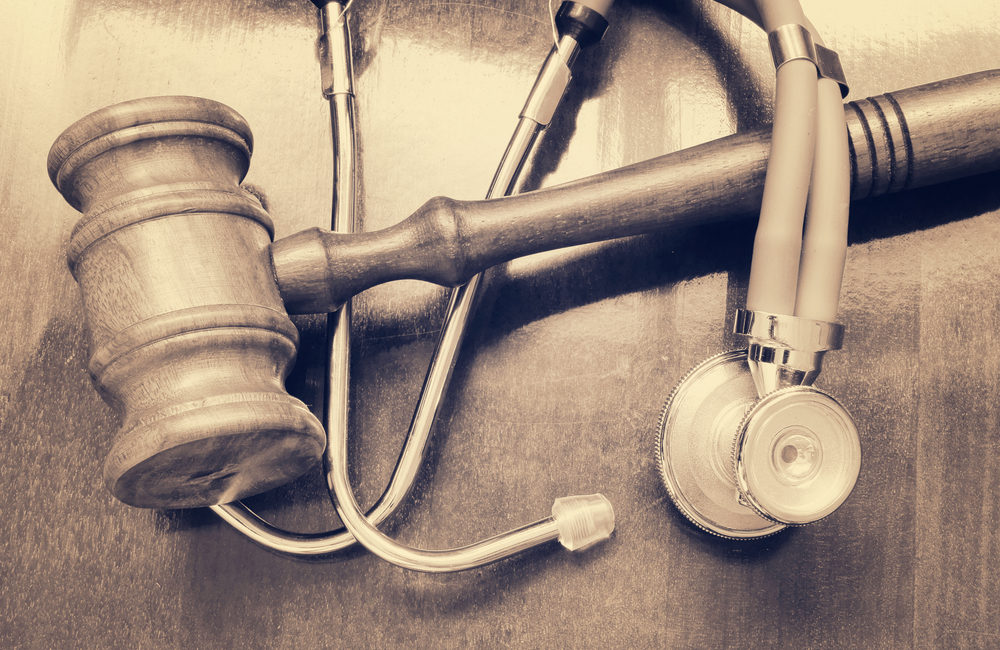In June, we told you about the U.S. Food and Drug Administration’s (FDA) secret database that effectively hid millions of medical device injury complaints. In our post titled “The FDA Comes Clean About Millions of Injuries Caused by Medical Devices,” we touched on the fact that six million reports of adverse events were never made public, despite reports of injury and death.
Now, an increasing number of patients are coming forward to share their experience with these devices. Kaiser Health News reports that the cache of reports are “taking on a life of their own.”
Secret Cache of Medical Device Complaints
From 1999 to 2019, the FDA maintained what is being called a “hidden database” of medical device complaints. This database was used by manufacturers to document adverse event complaints without the report being made public. What that means is that for more than 20 years, medical devices were injuring patients and failing to perform as designed, but patients and healthcare providers had no way of knowing there was a potential danger.
Covidien is one of the prime examples of a major problem. In 2016, Covidien reported 84 injuries or malfunctions in MAUDE (Manufacturer and User Friendly Device Experience), the public reporting database. Meanwhile, more than 10,000 complaints were funneled into the secret database.
Before June 2019, access to the hidden database, also called an “alternative summary reporting program,” required a request through the Freedom of Information process. That process takes up to two years. In June, all 5.7 million records were released to the public after an intense investigation into the reporting method.
Hidden Complaints Among Most Serious
Pharm3r, a medical data consulting firm, investigated the FDA’s database and found alarming data. According to CEO Libbe Englander, the devices in the hidden reports
“are more likely to be associated with life-threatening devices and to contain potentially serious problems.”
A prime example – only 10 percent of medical device reports in MAUDE involve devices that are implanted into the body. In contrast, around 44 percent of the devices in the hidden database involve implanted devices, including heart valves and pacemakers.
What’s more, most of the devices in the hidden database are more likely to be classified as a Class I recall by the FDA, meaning there is a serious risk of injury or death. The risk seems to be all the more serious when you consider that the hidden complaints make up 40 percent of the total number of reports filed with the FDA over the past 20 years.
Concerning Medical Device Complaints
Every year, the ECRI Institute compiles a list of health technology hazards. This list goes to healthcare providers, healthcare systems and hospitals. For 2019, the most hazardous medical device is the surgical stapler, with more than 11,000 serious injuries and 412 deaths. There are also reports of almost 100,000 malfunctions. The majority of surgical stapler complaints were hidden in the database until June, when it became evident that there is a significant risk of using the medical device.
Another significant risk is dental implants. There are more than two million complaints involving dental implants. These reports were only made public when the hidden database was released.
Yet another threat is textured implants. In August, we shared information about a textured breast implant recall by manufacturer Allergan. The textured implants are linked to 12 deaths and at least 481 of the 573 cases of “breast implant-associated lymphoma” reported worldwide. There were around half a million complaints related to textured implants in the hidden database.
Medical Device Research is Ongoing
Now that the hidden database is public, researchers in the medical, science and safety communities are researching to determine exactly how dangerous the reports and medical devices are. The FDA ended the “alternative summary reporting program,” but still has several options for complaints.
Now, researchers are calling for transparency. Even though the medical device reports are public, they do not state the extent of harm to patients. In short, researchers want to know what happened to the patient and what happened afterward. Did the patient die? Was a replacement device installed? Did the patient develop cancer?
These are all questions that linger as researchers hope to prevent additional incidents like those hidden away for so many years.
Numerous Medical Device Lawsuits Filed
Numerous lawsuits have already been filed due to medical device malfunctions, injuries and deaths. Some were filed before the hidden database was made public, and numerous additional lawsuits have been filed since. So far, there are lawsuits pending against Allergan related to textured breast implants and Covidien related to surgical staplers.
Due to recalls and a significant number of complaints, there may be additional lawsuits involving dental implants, defibrillators and other devices. There are numerous ongoing investigations into the hidden database and it may take some time before the true impact of the complaints is made clear.
If you have been injured due to a medical device, one of the best things you can do is contact a medical device lawyer. Find out what your legal rights are, and if you have options to pursue recovery. You can get help by contacting Drug and Device Watch. Our legal professionals are here to help you understand and protect your rights.
To find out more, call 1-888-458-6825, or complete our online contact form to request a free legal consultation.
Sources:
